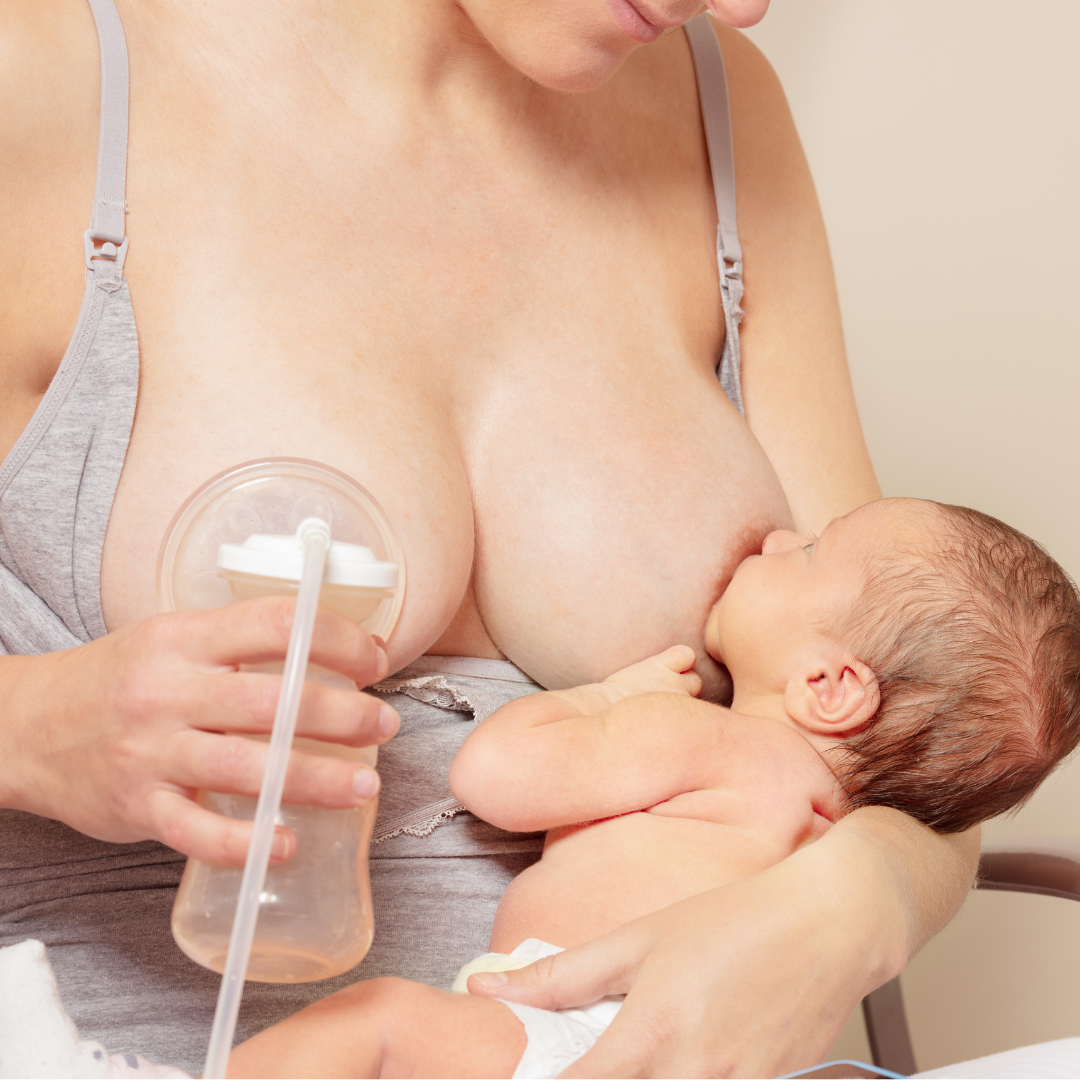Welcome lovely Mummas! Today, we're diving into the fascinating world of lactation, specifically focusing on when milk makes its grand entrance, along with its magical precursor, colostrum. So, grab your favorite mug, cozy up, and let's embark on this milky journey together!
First things first, let's talk about colostrum – the liquid gold of mother nature's milk bar. Colostrum is the very first substance produced by the mammary glands during pregnancy and just after giving birth. It's like a supercharged elixir designed to kickstart a newborn's immune system and provide essential nutrients for their growth and development.
Picture this: a baby is born into the world, wide-eyed and ready to explore. As they take their first breaths, their tiny tummy is greeted by the warm embrace of colostrum. This magical substance is packed with antibodies, vitamins, and minerals, offering a powerful boost to the baby's immune system. It's nature's way of saying, "Welcome to the world, little one. Here's everything you need to thrive."
But when does this liquid gold transition into the creamy goodness we know as milk? Ah, that's where the marvels of biology come into play. Over the first few days after birth, the production of colostrum gradually gives way to mature milk. This transition is a natural process orchestrated by hormonal changes within the mother's body, ensuring that her milk evolves to meet her baby's evolving nutritional needs.
Now, let's talk about milk – the quintessential symbol of nourishment and comfort. As colostrum fades into the background, mature milk steps into the spotlight, ready to take center stage. This transition typically occurs within the first few days to a week after birth, although the exact timing can vary from mother to mother.
Mature milk comes in two main varieties: foremilk and hindmilk. Foremilk is the thinner, more watery milk that flows first during a feeding session. It quenches the baby's thirst and provides essential hydration. On the other hand, hindmilk is richer and creamier, packed with fats and calories to fuel the baby's growth. Together, these two types of milk form a dynamic duo, ensuring that the baby receives a balanced blend of hydration and nourishment with each feeding.
But the beauty of breast milk doesn't stop there. It's a dynamic fluid that adapts to meet the changing needs of both mother and baby. As the baby grows and develops, the composition of breast milk adjusts accordingly, providing tailored nutrition at every stage of infancy.
So, whether you're a new parent navigating the world of breastfeeding or simply curious about the wonders of lactation, remember this: milk and colostrum are not just beverages; they're symbols of love, nourishment, and the incredible bond between mother and child.
As we wrap up our milky adventure, let's raise our glasses – or should I say, mugs – to the miraculous journey of lactation. Cheers to liquid gold, creamy goodness, and the endless wonders of motherhood. Until next time, stay curious, stay nourished, and keep savoring the sweetness of life, one sip at a time.


